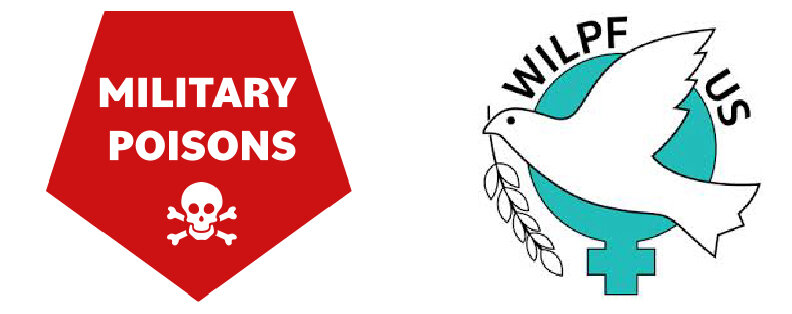Campus Town is contaminated
New development in Seaside, California at the former Fort Ord likely to threaten public health
By Pat Elder
April 3, 2025
The Area of the new Campus Town development is bordered by the names of the roads underlined in yellow.
The Green X’s show the area of the Fort Ord Soil Testing Area (FOSTA).
The Blue X is the site of the Fire Station.
The Red X is the site of the burn pit.
The Gray X is the site of dangerous carbon tetrachloride concentrations in groundwater
Green X’s – The Fort Ord Soil Treatment Area is likely to be profoundly impacted with PFAS. Chemicals treated here included heavy metals at training ranges and volatile organic compounds, and petroleum hydrocarbons at maintenance yards, burn pits, landfills, and the wastewater treatment plant. Petroleum hydrocarbon-impacted soils were treated here as well. The site may present a potential hazard from volatile compounds in the air.
The Blue X is the site of Building 4400 - Main Garrison Fire Station Complex. Analytical results show that soils tested at 5 inches below the surface at the firehouse contained 2,990 parts per billion (ppb) of PFOS. (PFOS is one of 16,000 kinds of PFAS.) These are dangerously high levels. Carcinogenic PFOS may attach itself to soil and become airborne, settling in our lungs and our homes as dust.
Unlike European nations, neither the EPA nor the state of California have established enforceable levels of PFOS in soil. As a result, public health may be at risk when the wind blows.
The Red X is the site of the Burn Pit. In 1995 the Army excavated an area approximately 80 feet wide by 100 feet long to a maximum depth of 10 feet. 1,451 cubic yards of soil were removed and treated just north of Lightfighter Drive at the Fort Ord Soil Treatment Area (FOSTA). They didn’t pay attention to PFAS.
This is a relatively small amount of material. The Navy and the Air Force have excavated far more when faced with similar contamination at their bases. Land Use Controls are established at their facilities, but at Campus Town, there are no land use controls in place restricting access to or use of soil and groundwater at the old burn pit.
Land Use Controls are in place at the Main Garrison Sewage Treatment Plant, the East FAAF Helicopter Defueling Area, the FAAF Fire & Rescue Station, FAAF Fire Drill Area, and the landfills, but not here and not at the Fire Station just a few hundred feet north of the burn pit.
There is a great concern with the volatilization of these chemicals, meaning volatile organic compounds, including types of PFAS, may enter homes through the basement. Per the Campus Town specific plan, future residential use is permitted but would be limited to levels above commercial spaces (second floor or higher). Is this protective of human health?
The Gray X is the site of a well that showed carbon tetrachloride at 0.18 mg/L (180 µg/L) in groundwater. This is a potential threat to human health through drinking water and inhalation. The toxic plume may cause vapor intrusion into the indoor air of buildings.
In California, the detection limit for purposes of reporting potential threats to public health are set at .0005 mg/L for carbon tetrachloride. The carbon tetrachloride here is 360 times over the California threshold.
Plans for development at this site seem to be moving without adequate evaluation of the toxic exposure and short- and long-term health risks to workers, visitors, and residents.

